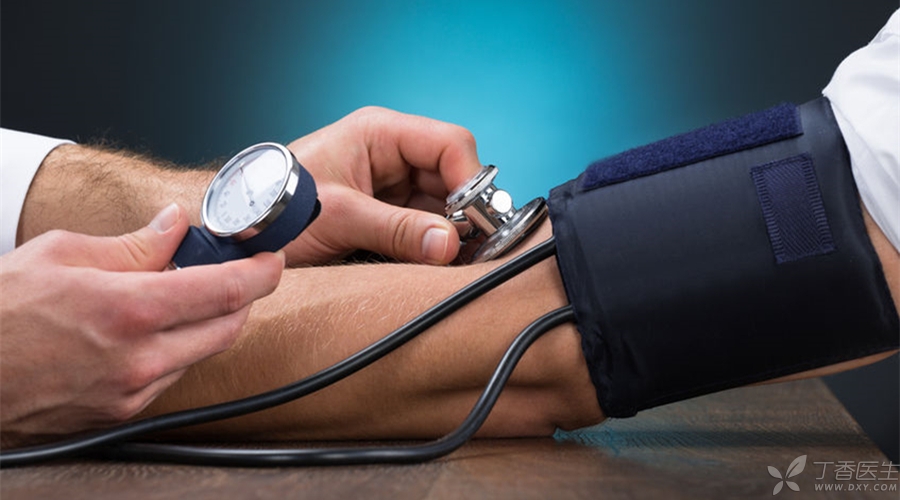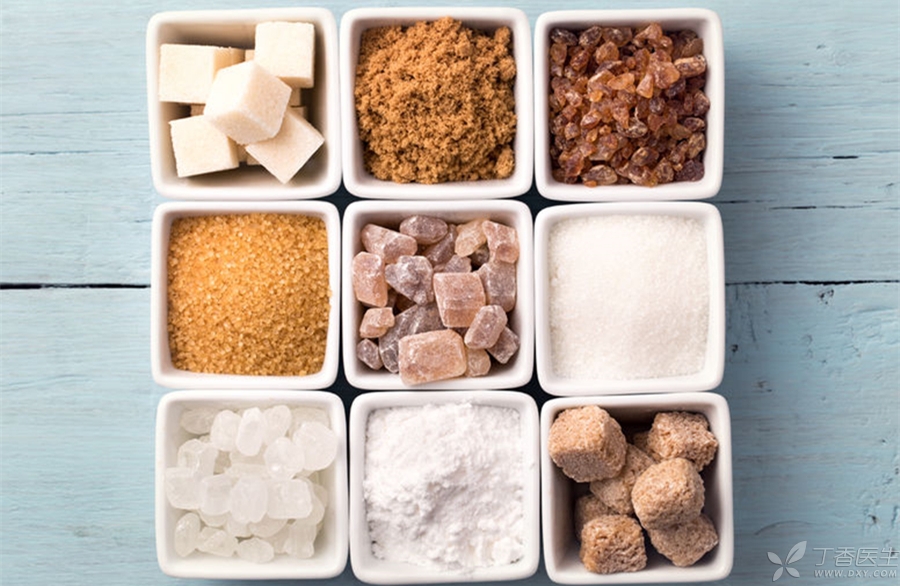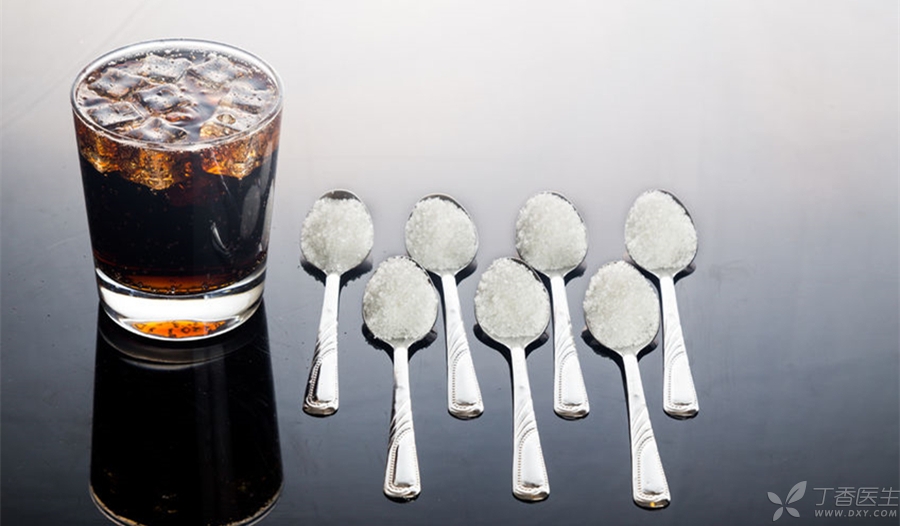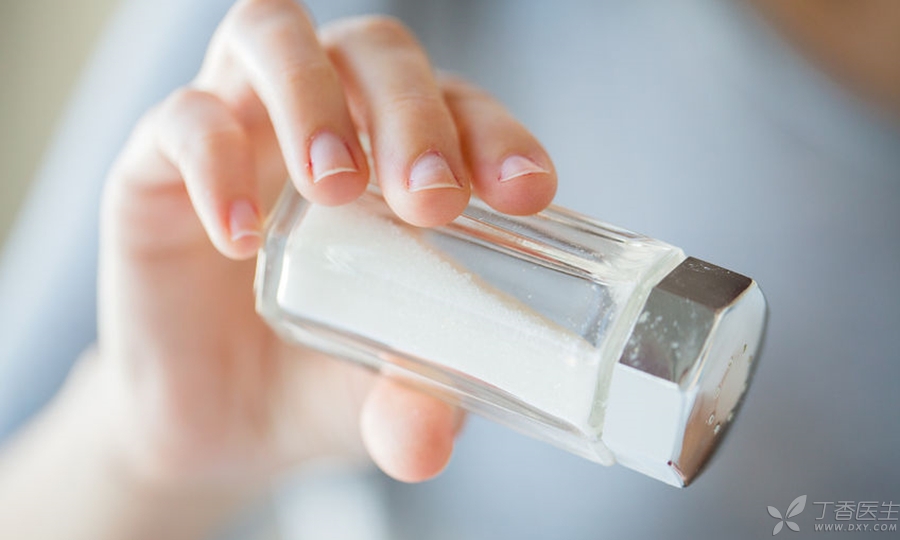
People with high blood pressure are often required to eat less salt.
However, some people take antihypertensive drugs on time every day and have a light diet. After doing so for several months, their blood pressure is not controlled as well.
The problem may be that they have neglected another white crystal, sugar.
Why should hypertension not only eat less salt but also less sugar?
Today, Dr. Clove invited Dr. Xu Naijia to talk to you about the effects of sugar and salt on hypertension.
Free Glucose, Invisible Pusher of Hypertension

Adding sugar to food production is indeed the main cause of hypertension.
Added sugars include white granulated sugar, brown sugar, crystal sugar and high fructose syrup, plus sugars naturally occurring in honey and fruit juice, which are also called [free sugars].
Different from the starch contained in rice and noodles, fructose in free sugar, especially high fructose syrup, is the mastermind of raising hypertension.
Excessive fructose intake will accelerate the heartbeat and constrict blood vessels. In addition, the excretion of water and sodium in the body will decrease, increasing the volume in blood vessels, and blood pressure will naturally increase.
On the other hand, sugar can also cause obesity, diabetes, hyperuricemia, hyperlipidemia and other diseases after entering the body. These diseases often induce or aggravate hypertension and the occurrence and development of other cardiovascular diseases.
Therefore, hypertension patients should pay special attention to reducing sugar intake.
Be careful, invisible sugar in food

The World Health Organization recommends that free sugar should be taken as little as possible regardless of whether there is blood pressure problem.
The most basic thing is to reduce the intake of free sugar to less than 10% of the total energy intake. The 2016 edition of the Dietary Guidelines for Chinese Residents also recommends that the daily intake of added sugar should not exceed 50 g, preferably below 25 g.
However, reducing sugar intake is not just a matter of not eating sugar and sweets.
What most people do not know is that various free sugars, especially high fructose syrup, have been widely used in the food industry.
This kind of sugar is hidden in various beverages, bread, biscuits, candy and ice cream, as well as in various home-cooked dishes such as braised pork, scrambled eggs with tomatoes and cold dishes. If hypertension patients have no control over such foods, it may not be easy to control blood pressure.
For processed foods, the sugar content of the food can usually be found in the nutrition list on the food packaging. For example, a 500 ml bottle of Coke contains 52.5 grams of sugar, which is far beyond the recommended intake range.
Therefore, hypertension patients should get into the habit of checking the food nutrition composition table before eating, and carefully read the item [carbohydrate content] on the food label. In this way, we can know the total amount of sugar we eat.
How much invisible candy did you eat?
At the same time of limiting sugar, don’t forget to limit salt.

For hypertension patients, it is equally important to pay attention to salt restriction.
Salt contains sodium, which causes blood pressure to rise by affecting hormone secretion, vascular function, genetic genes and other factors.
For most hypertension patients, if the amount of edible salt is limited to less than 6g per day, that is, the amount of ordinary beer bottle caps filled horizontally after the rubber pad is removed, it is helpful for blood pressure to drop.
If a certain amount of potassium and calcium are supplemented at the same time, sodium excretion in the body can also be promoted.
Therefore, in the choice of salt, you can choose low sodium salt with high potassium content and low sodium content. Eat more vegetables and fruits rich in potassium, 400 ~ 500 grams of fresh vegetables and 100 grams of fruits per day. Pickled, marinated and brewed foods should also be eaten as little as possible.
Note that patients with nephropathy or taking spironolactone, benazepril, valsartan and other drugs should avoid excessive intake of potassium to avoid hyperkalemia.
To control blood pressure, we should also pay attention to healthy life.
Regular exercise can also help reduce blood pressure. It is recommended to exercise 5 ~ 7 times a week for 30 minutes each time.
Walking, fast walking, jogging, swimming, Taijiquan and other events can be selected. The heart rate during exercise is close to but not more than (170-age) times/minute, and the exercise is carried out according to one’s ability and step by step.
While doing this, don’t forget to quit smoking and drinking, maintain an optimistic character, reduce psychological burden and correct bad emotions.
On the way to control blood pressure, we should start from understanding the food we eat, control the intake of sugar and salt, plus healthy living habits, follow the guidance of doctors, so that blood pressure can drop safely and smoothly.
